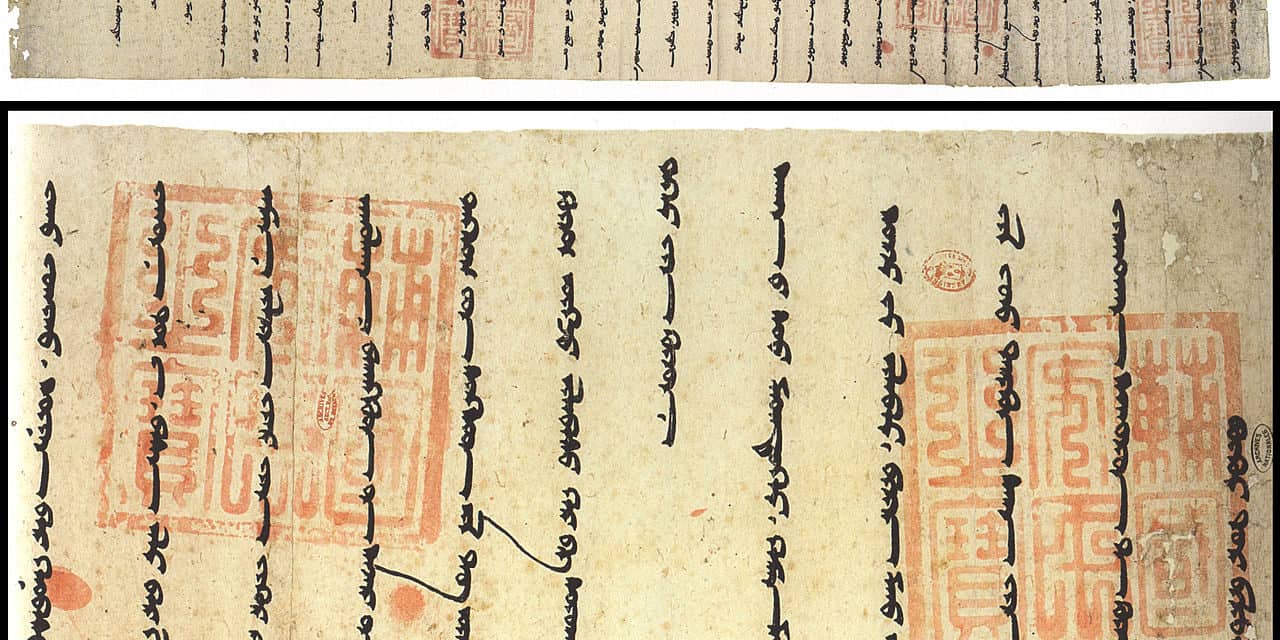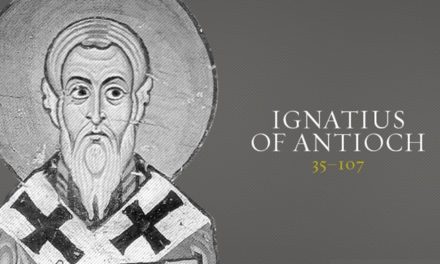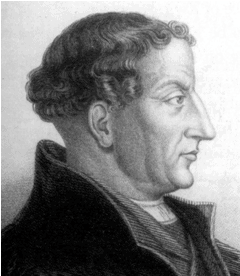This is episode 8 in the remarkable tale of a Chinese Marco Polo named Rabban Sauma.
Well, it’s taken us 7 episodes to get to the point of Sauma’s story that’s set him as a historical figure we even know about. If it weren’t for what follows, even though he’s already lived a genuinely epic life, he’d be little more than a footnote to his companion Marcos’ story. For it was Marcos, not Sauma who became the Catholicos, the reigning patriarch of the entire Nestorian Church, under the name of Mar Yaballaha III.
But it’s what happens next that moves Sauma into the ranks of history’s greatest tales.
Having been commissioned and provisioned by the Mongol Ilkhan Arghun in Persia to head west with an embassy to the Christian rulers of Europe to enter an alliance against the Muslim Mamluks holding the Middle East, Rabban Sauma set out in early 1287.
This section of his travels was nothing like his earlier trek from China to Persia, fraught as that had been with trackless deserts and precipitous peaks. The geography was far more easily traversed, and the population more dense, so there was little worry for provisions along the way. One thing that was similar to the earlier journey was the numerous bandits and petty warlords, then the pirates that sailed the Black and Mediterranean Seas.
Accompanying him were a couple European merchants who’d been conducting business in the East and could act as translators. Mostly like due to the editing of Sauma’s Syrian translator, described in the last episode, the route he took from Persia to the Black Sea is omitted from the account. He most likely took the main caravan route that passed through Mosul in Mesopotamia and ended at Trebizond.
Because this route was well travelled by an ever-burgeoning column of merchants, caravanserais were established every 20 miles. These were large camps were caravans could replenish and night. Each caravanserai had a large central court surrounded by a curtained area, open to the sky, for various functions, like, sleeping, bathing, and prayers. Larger, more established caravanserais had mosques, churches, or conversely, brothels. Caravanserais provided protection from local bandits as well as entertainment in the form of jugglers, dancers, and storytellers. A good number of Arabic folk tales center on the life of the caravanserais. Merchants, guides, and camel grooms passed along information about local conditions to one another, as well as news from the wider world.
At Trebizond, Sauma’s party entered a ship to sail over the Black Sea. The ship must have been a large one as it held 300 passengers. Sauma reports it was overcrowded, lacked adequate provisions and had no accommodations for sleeping. Sauma made the best of the time by giving lectures on the tenets of his faith which the other passengers and crew found interesting. Fortunately, the trip was both uneventful and short. No storms or pirates troubled them. A few days after launching from Trebizond, they landed at Constantinople.
Now in the capital of the Byzantine Empire, Sauma followed the pattern he’d keep for the rest of his adventure in the West. He immediately sought contact with the ruler. He sent two assistants to the palace notifying officials there of the arrival of an embassy from the Mongol Court of Persia. Of course, these assistants weren’t the first to bear news to Emperor Andronicus II of the arrival of someone of importance from the East. The Byzantine Empire was, after all, Byzantine; the Emperor had eyes and ears everywhere. That’s why Sauma was careful to make sure he reached out to Andronicus quickly. Lest the Emperor begin to wonder why he was there. Now notified of Sauma’s desire for an audience, officials were sent from court to issue a formal invitation.
Sauma was greeted with pomp and ceremony. He was received in the Great Palace, then undergoing repairs after the Venetian occupation of Constantinople the indignities they inflicted on the City. Following the welcoming ceremonies, Andronicus assigned Sauma’s party a place to stay on the palace grounds. After a few day’s rest, the formal audience was held.
And about that à There’s not much to say. Whether the Syrian translator edited the account, or Sauma omitted the real cause of his trip west, we don’t know. They began with some innocuous pleasantries.
“How was the trip?” // “Fine.”
“Are you rested now?” // “Yes. Thank you. The food here is marvelous. I especially love the candied dates.”
Then Sauma asked permission to visited local Christian sites and view relics. If Andronicus was wondering WHY the Ilkhan sent this embassy, now it seemed clear. It was a religious venture; a pilgrimage – all the rage at that time.
So – a little background on where the Byzantines stood in terms of the political situation in the Middle East.
Andronicus’ father, Emperor Michael Palaeologus, had married his daughter Maria to the Mongol Ilkhan Abakha. But that was just to cool any hostility the Ilkhans might have toward him. He sought at the same time to steer a middle course with the Ilkhan’s enemies the Golden Horde and the Mamluks. When Andronicus ascended the throne, he continued his father’s policy. He wasn’t about to break the tenuous but lucrative trade agreements with the Horde & Mamluks for a military alliance with the Ilkhans. But – being ultra pious, he understood the motivation of a man like Sauma who simply came to visit the religious sites of the West. Granting him permission to do so would upset no alliances.
It’s likely Sauma knew this and so didn’t even broach the subject with the Emperor. If he hadn’t been forewarned back in Persia of the political situation, he no doubt was given a heads up by a Byzantine official who’d been dispatched ahead of the royal audience to provide Sauma a briefing on the state of affairs as well as proper procedure for abiding by court etiquette. The Emperor ought not be put in the place of having to say “No” to an official envoy. That just wouldn’t be kosher. So it’s likely Sauma was briefed on what subjects could and couldn’t come up during their meeting.
And – truth be told, aside from his assignment as Arghun’s envoy, Sauma’s real goal—his personal ambition was religious. If he’d had his druthers, he’d have skipped the whole military-alliance-proposal deal and just gone sight-seeing. But, he’d given his word and would keep it. The problem was, keeping it with Andronicus might very well have ended his embassy if the Emperor felt his interests were best served by not allowing Sauma to continue his journey west. The LAST thing the Byzantines wanted was another Crusade by those pesky Europeans, coming over with their knights, getting all worked up into a lather about reclaiming the Holy Lands. They were still recovering from the previous debacles. So, Sauma played nice. Smiled a lot, and asked an easy give; something Andronicus was more than happy to oblige—permission to visit the religious sites of his realm.
The Rabban was enthralled by what he saw. The Hagia Sophia stunned him, as was to be expected and as it had every other visitor since the 6th Century. Another wonder was the sheer number of churches in the city, many of them being architectural marvels in their own right. While Christianity dated back to the 8th Century in the Far East, Christians were never found in large numbers. The Nestorian church was well rooted in the East, but was a minority. They never commanded the resources the Western Church had. Even in Mesopotamia, birthplace of the Church of the East, their buildings were simple and functional, given much less ornamentation.
While Sauma gave passing descriptions of some of the monasteries and churches he’d visited so far in his journeys, the Hagia Sophia was the first he described in detail. Besides the architecture, he elaborated on the contents; its ornaments, art, and relics. Many of these had been looted by the Venetians in the 4th Crusade earlier that Century and replaced with replicas. Sauma was either unaware of that, or didn’t care. His account lists them as legit.
In a bit of local truth-bending, Sauma was shown a portrait of the Virgin Mary supposedly painted by St. Luke, the hand of John the Baptist and body parts of Lazarus and Mary Magdalene. He saw the tombs of both Constantine and Justinian. Which is strange, because Constantine’s not buried in the Hagia Sophia.
This and many other wonders in and around the royal city dazzled him.
Maybe the most unusual site Sauma visited was the Monastery of St. Michael where the bodies of the 318 orthodox bishops who’d attended the 4th C Council of Nicaea were reputed to be buried; their bodies said to bear no mark of decomposition.
To the lament of historians, missing from Sauma’s account is any record of his observation on the great differences in the cultures of East and West. What a treasure it would be to read his account of daily life in what was for him, The West. Either Sauma didn’t care to record it, or more likely, his Syrian translator deleted it as it didn’t advance his goal of giving a religious travelogue.
Another option is that Sauma prepared two accounts of his journey; an official diplomatic account in which he recorded the details of his embassy, and another more personal one chronicling just his religious pilgrimage. The first he intended for the Mongol Ilkhans, the second was for his fellows Nestorians. The first has been lost to us while it’s the second personal account we possess. If this option holds, we still might expect a bit more detail on Sauma’s description of daily life and customs in the West. And the account we do have, does include a record, brief as it may be, of his diplomatic dealings.
Most likely, in addition to the Syrian translator’s editing of the account, Sauma depended on local guides to take him round the sites. Those guides were assigned by local officials, who most certainly had given strict instructions on what Sauma was to be shown and not shown. Both Byzantines and Europeans knew right well that deception was part and parcel of the Mongolian strategy. They’d already tasted the bitter side of that Mongolian tactic. Who knew but that the Mongols were using this seeming religious pilgrimage as a scouting foray in preparation for a new invasion? So Sauma may have been shielded from meeting commoners or learning about the daily life of the average citizen with their views on the politics of the era. Rulers aren’t keen for potential enemies to learn of unrest in their realm.
If we flip it, and consider Europeans like Marco Polo and John of Plano Carpini who went East, their time was spent almost exclusively with the elite. They were kept on a tight leash by their hosts.
Well, after getting his fill of the sites round Constantinople, and realizing he couldn’t even bring up the subject of an alliance between the Byzantines and Ilkhans, Sauma decided it was time to move on. He had a last audience with Andronicus, explaining that he needed to continue his journey West. The Emperor loaded him with a substantial gift of gold and silver to help with the costs of the journey and sent him off with his blessing. In the middle of April, 1287, Sauma’s embassy set sail for Naples.
Sauma’s account describes the voyage as fraught with peril. The path they took was often struck by storms. Shipwrecks were common along the route. And – there was a dangerous sea serpent that harassed travelers. è Uh – no! This was surely a fabrication on the part of the ship’s crew trying to make the trip more interesting for themselves at the passengers’ expense. What fun terrifying a bunch of people, making yourself look so brave for sailing these dangerous waters for a living. Telling harrowing tales of seas monsters and the many friends lost at sea.
One note of interest was Sauma’s report of a volcano they saw pouring smoke into the air. That was most likely Mt Etna in Italy, which exploded on June 18, 1287. After two months of travel, they landed in Naples, exhausted both physically and emotionally.





